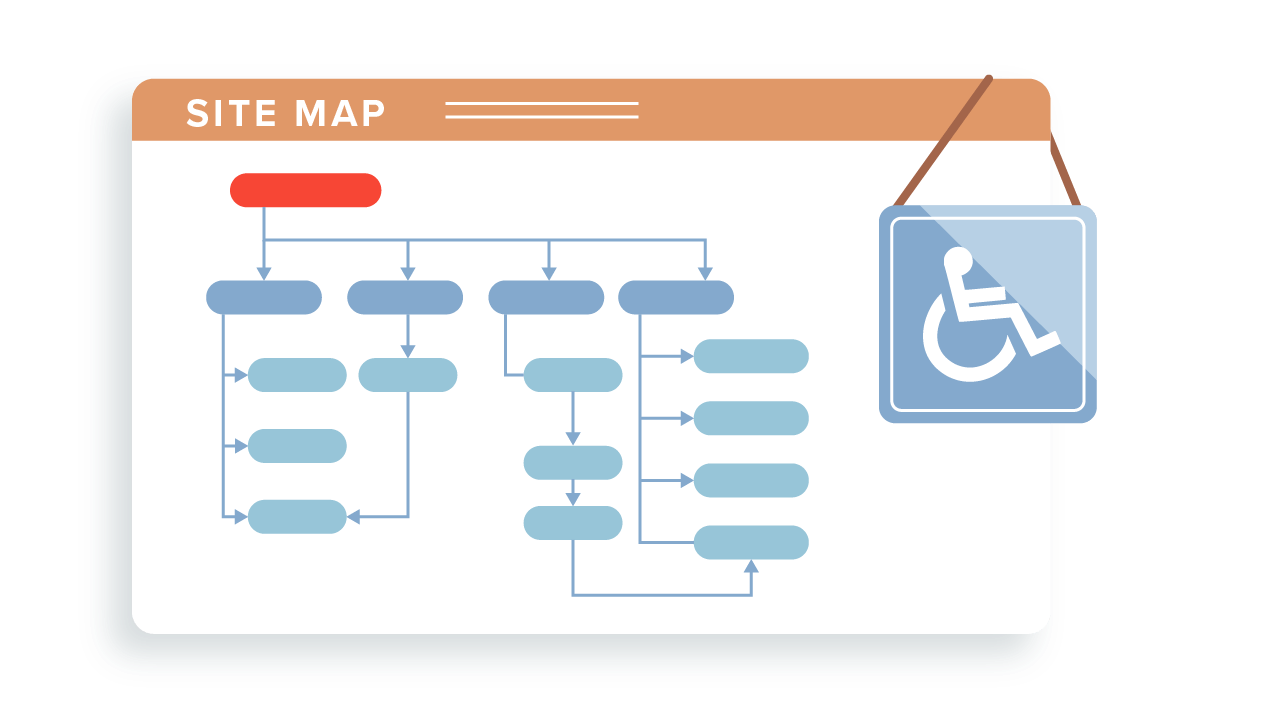How to Build an Email List From Scratch
Whether you’re starting a new business or expanding your marketing efforts, one of the most
According to the Americans with Disabilities Act (ADA), “places of public accommodation” must make goods and services readily available to people with disabilities. Of course, the world has changed quite drastically since the ADA was written in the 1990s. The vague language used in the legislation has opened it up to some degree of interpretation where websites are concerned. As the world becomes increasingly digitized, the question of whether or not websites qualify as “places of public accommodation” is being raised more and more frequently.
Countless law firms, as well as their plaintiffs with visual or auditory disabilities, argue that yes – websites, software, and web applications, must be accessible. As a result, digital accessibility lawsuits are on the rise, filing against some of the nation’s largest retailers, tech giants, and even professional sports teams.
Website accessibility is the process of designing and developing your website so that persons with disabilities can use it without undue difficulty. When creating an accessible website, you must consider usability from the standpoint of all persons, including those who have blindness, hearing impairments, cognitive disabilities, and much more. All users should be able to understand, navigate, and interact with your site, whether it be through a screen reader or other assistive technology.

In 2018, the Department of Justice (DOJ) confirmed that websites should be accessible under the ADA; however, they did not set forth any accessibility standards, leaving quite a bit of a gray area for business owners and website developers. Without precise accessibility requirements that deem a website compliant or non-compliant, we expect to continue seeing a rise in lawsuits over the coming years.
To begin, evaluate your site based on the latest Web Content Accessibility Guidelines (WCAG) published by the World Wide Web Consortium (W3C). This comprehensive list of criteria covers everything from perceivable requirements, like the use of color, alternative text (alt text), and the size of text, to compatibility requirements, like parsing and markup languages.
Most judges agree that by complying with the latest WCAG, which is currently WCAG 2.1, you will have taken reasonable steps to ensure website accessibility and functionality. The minimum level of conformance with WCAG is Level A, but most organizations strive to achieve Level AA.
Another way to evaluate your site is to use an accessibility tool to scan your web pages for potential accessibility barriers. There are countless free accessibility evaluation tools out there, but some of the most popular are:
While some problems in these reports are quite easy to understand and address, others are very technical and may require an experienced web developer.

If you’ve run a scan on your website and found accessibility problems, rest assured you’re not alone. Countless website owners face the same issues and are looking for a quick fix; however, when it comes to equal access on websites, quick fixes are few and far between. While there are web accessibility software solutions and plugins, implementation still often requires a developer.
With the upcoming release of WCAG 2.2 in 2021, we encourage you to begin taking action now! Contact the digital marketing team at Front Porch Solutions to learn more about what’s involved in making your website compliant with the ADA and WCAG. From semantic HTML to accessible web design and user agents, we can guide you through the best practices for web accessibility.
Fill out the form and we’ll be in touch as soon as possible.